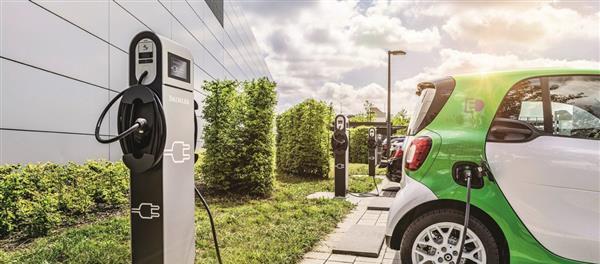【EV Vision Report】On December 13, the China Insurance Industry Association issued the "Exclusive Clauses of New Energy Vehicle Commercial Insurance of China Insurance Industry Association (Trial)" notice that the process of driving, parking, charging and operating of new energy vehicles is within the protection range of the three main insurances of new energy vehicles. Direct losses of the following equipment of the insured new energy vehicle due to natural disasters and accidents (including fire and combustion).

According to the rate switching time of the new energy vehicle commercial insurance model clauses, all new and renewed new energy vehicles (excluding motorcycles, tractors and special vehicles) are uniformly insured by the "New Energy Vehicle Model Clauses (Trial)", and the "Model Clauses for Motor Vehicle Commercial Insurance of China Insurance Industry Association (2020 Edition)" are no longer applicable. Non-new energy vehicles cannot be insured by the Model Clauses for New Energy Vehicles (Trial).
According to the "Model Clauses for New Energy Vehicles (Trial)", the main insurance of new energy vehicles includes three independent types of insurance, including new energy vehicle loss insurance, new energy vehicle third-party liability insurance, and new energy vehicle vehicle personnel liability insurance. The insured may choose to insure all types of insurance or some of them. Among them, the new energy vehicle loss insurance is mainly guaranteed, and the insured or the insured new energy vehicle driver in the process of using the insured new energy vehicle, due to natural disasters, accidents (including fire and combustion) caused by the direct loss of the insured new energy vehicle equipment. The body, battery and energy storage system, motor and drive system, other control systems, and all other factory equipment are within the scope of protection.
The third-party liability insurance of new energy vehicles mainly protects the liability of the insured or its permitted drivers in the process of using the insured new energy vehicles in the process of accidents (including fire and combustion), resulting in personal injury or death or direct damage to property of the third party, and shall be liable for damages to the third party according to law.
The main protection of the personnel liability insurance on the new energy vehicle is that the insured or its permitted driver has an accident (including fire and combustion) in the process of using the insured new energy vehicle, resulting in personal injury or death of the person on the vehicle.
In addition to the expansion of the scope of main insurance protection, new energy vehicle insurance has also added 6 additional insurances specific to new energy vehicles. The six additional insurances include: additional external grid fault loss insurance, additional self-use charging pile loss insurance, additional self-use charging pile liability insurance, additional intelligent auxiliary driving software loss compensation insurance, additional fire accident limit doubling insurance, and additional special clauses for value-added services for new energy vehicles.
Previously, because new energy vehicles were quite different from traditional cars in terms of body structure, power system, maintenance and other aspects, and their risk characteristics and accident causes were also particular, the pricing model of traditional insurance could not accurately identify the risks of new energy vehicles. The release of the "New Energy Vehicle Model Regulations (Trial)" incorporates the most core technologies and components of new energy vehicles into the insurance liability, and will jointly escort the development of new energy vehicles in the future with the new version of the "Regulations on the Responsibility for Repair and Replacement of Household Automobile Products" previously released by the State Administration for Market Regulation.